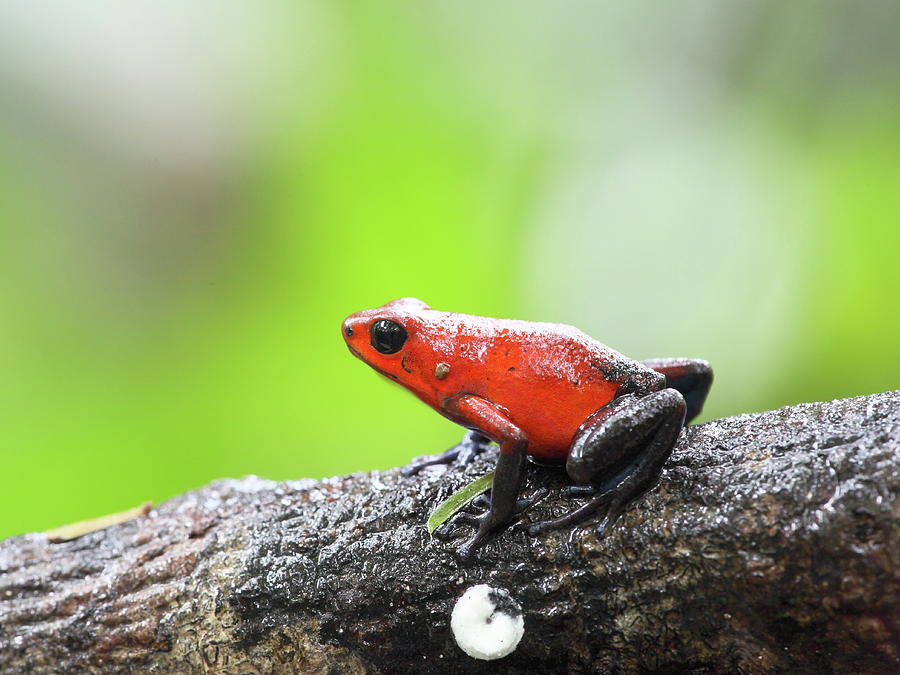

Local hunters use darts dipped in the poison to quickly kill animals for food. The name of the species comes from the use of their poison by the Native tribes. Fact #6: The blue poison dart frogs owe their name to an indigenous hunter practice Their natural habitat is warm and humid, with daily temperatures in the range of 22 to 27º C and nightly around 20º C. Fact #5: The blue poison dart frogs were discovered only 50 years agoĪnother interesting fact is that the blue poison dart frog was discovered relatively late - in 1968 - in the remote rainforest islets in the Sipaliwini Savannah of southern Suriname.īlue poison dart frogs are found only in a few isolated tropical rainforests of Suriname, French Guiana and northern Brazil. Their feet are not webbed, but they have a strong grip due to a well-developed suction cup pad. The females have slightly larger body and round toe tips. The males can be recognized by their larger, heart-shaped toe tips and hunch-back pose. Fact #4: Male blue poison dart frogs have heart-shaped toe tips and a hunch backīlue poison dart frogs have four toes on their front feet and five on their back ones. In a recent study, scientists suggest that the blue-black color pattern serves one more purpose - it is a camouflage that allows the frog to blend-in with its surrounding. Scientists state that, due to the poison, these frogs taste unpalatable or even repugnant. The blue color signals danger to certain predators, and those who still dare to attack are not awarded with a treat.
BLUE POISON DART FROG SKIN
The blue skin is this little frog’s best defense mechanism - covered in glands that secrete strong poisons, it can paralyze or kill predators. This signaling includes a display of a vibrantly-colored body, as well as sending out certain warning sounds. Fact #3: The blue dart poison frog has a repugnant tasteīlue poison dart frogs send a strong aposematic signals to ward off predators and territory intruders. It is smooth, except for the thighs, where it is usually granular. The skin around the stomach and the legs is usually in a darker shade of blue. Interestingly, the skin patterns are unique to each frog - no two frogs look exactly the same. Fact #2: No two blue dart poison frogs are identical The black spots are arranged irregularly along their back and head. Their beauty is sometimes compared to that of a sapphire. The bright blue skin, covered in patterns of black specks and patches, is their trademark of these dangerous little frogs. This small tropical amphibian reaches a length of approximately 3 to 5 cm, and typically weighs 3 to 8 grams.

The blue poison dart frog is one of the most beautiful but dangerous animals in the world. Scientific name: Dendrobates tinctorius “azureus”Īlso known as: Blue poison arrow frog, Okapipi or Okopipi (native Tirio Indian name) Fact #1: This beautiful, azure tropical frog is quite small


 0 kommentar(er)
0 kommentar(er)
